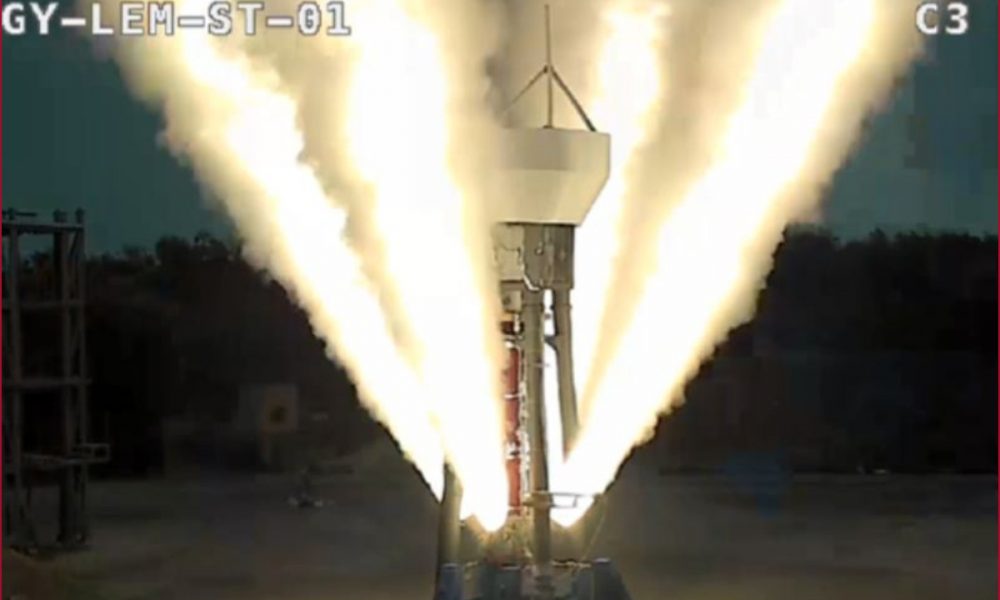
New Delhi: In another important milestone in the Gaganyaan project, Indian Space Research Organisation (ISRO) successfully carried out the test-firing of the Low Altitude Escape Motor (LEM) of Crew Escape System, from Sriharikota, Andhra Pradesh, said the officials on Wednesday.
“The Crew Escape System (CES) takes away the Crew module of the Gaganyaan mission in case of any eventuality and rescues the astronauts. In case of mission-abort during the initial phase of flight, LEM provides required thrust to CES, to take away Crew Module from the launch vehicle,” read a statement by ISRO.
The LEM is a distinctive special purpose solid rocket motor with four reverse flow nozzles and generates a maximum sea level thrust of 842 kN (nominal) with a burn time of 5.98 seconds (nominal).
Today, ISRO achieved an important milestone in the Gaganyaan project by successfully test-firing the Low Altitude Escape Motor of Crew Escape System (CES), from Sriharikota.
CES takes away the Crew module in case of eventuality & rescues the astronauts https://t.co/HiJ9MNISxu pic.twitter.com/5xfIax7ozg
— ISRO (@isro) August 10, 2022
The nozzle end of LEM is mounted at the fore end of the launch vehicle unlike at the aft end in conventional rocket motors to avoid exhaust plume impingement on the crew module. This necessitates the use of a reverse flow multiple nozzle in this solid rocket motor. The reverse flow nozzle implies the reversal of the exhaust gas flow direction in the nozzle region.
The space research organisation also listed the main objectives of the static test which included evaluation of motor ballistic parameters, validation of motor subsystem performance and to confirm the design margins, evaluation the thermal performance of nozzle liners; especially to confirm the erosion / ablative characteristics.
Validation of integrity of all interfaces, evaluation the head-end mounted safe arm (HMSA) based ignition system performance and evaluation of the side thrust due to misalignment and variation in flow and other functional parameters including flow reversal were mong the other primary reasons listed.




